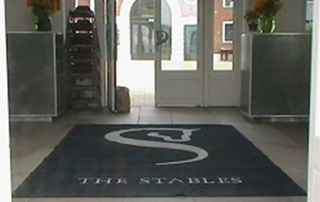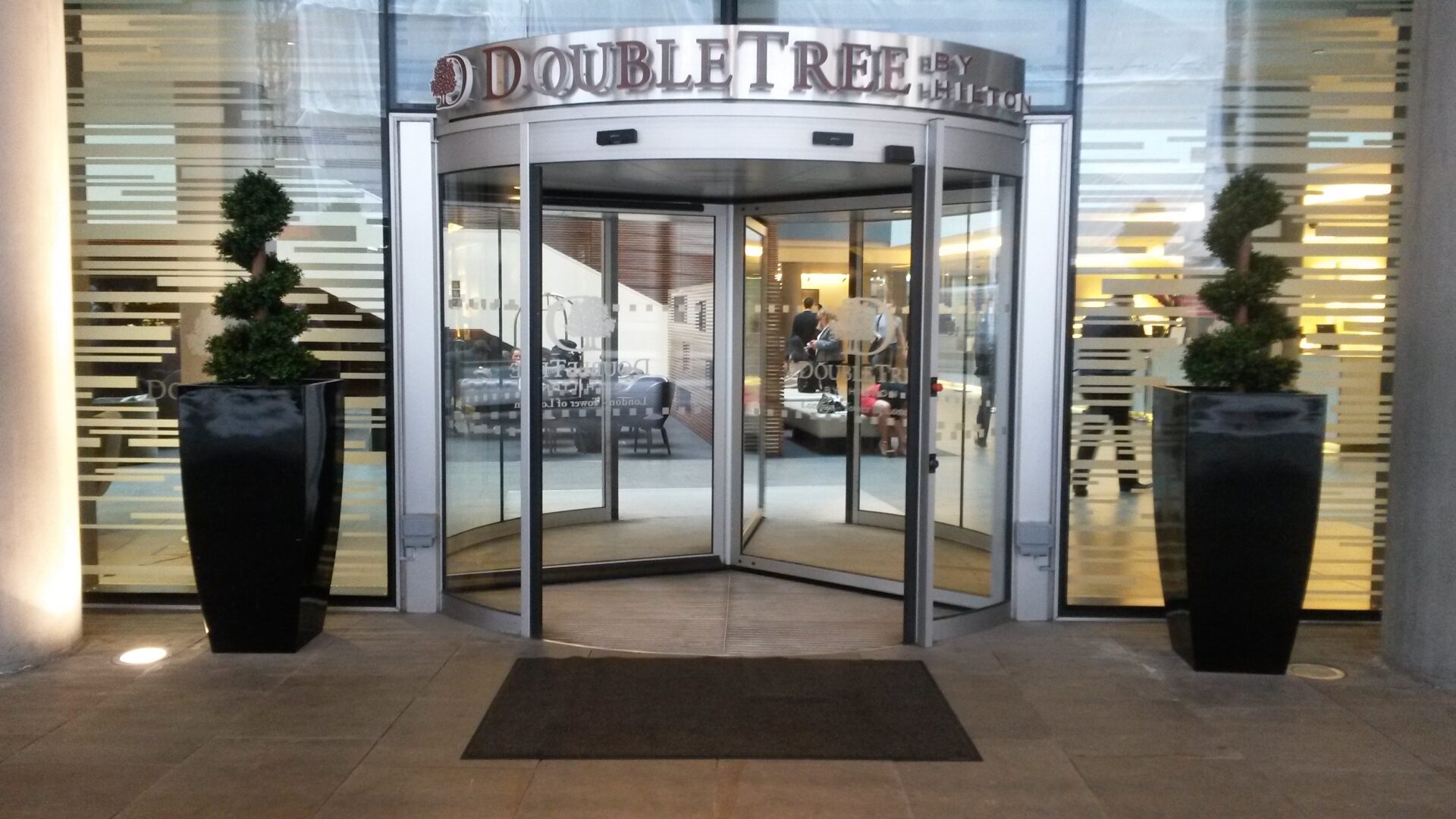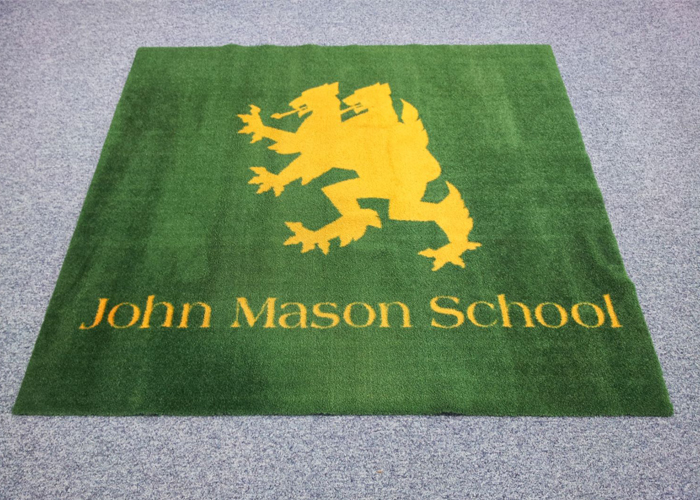No products in the cart.
Return To ShopDoormats Explained
Think of a typical doormat and you’ll most likely picture a rubber or Coconut ‘Welcome’ mat
An entryway is the first impression visitors have of your property, so a good welcome mat is essential for anybody wanting to create a friendly and attractive impression. It is also beneficial for protecting carpeted or beautifully tiled floors.
The word ‘doormat’ is a very broad term, used to describe – as the name suggests – a mat placed in a doorway, but there are many different types of doormats, ranging greatly in size, shape, colour, and material.
Doormat considerations
Door mats are one of those things we tend to take for granted in life. Whenever we enter a home or commercial building, we automatically expect one to be there, wiping our feet on it without giving it any thought. Only when you decide to purchase one of these mats for yourself do you realise the sheer amount of options available. Shopping for a doormat can be quite a bewildering experience and several different decisions will need to be made to find a mat suitable for your entranceway.
Three things will need to be considered when purchasing a doormat:
Placement
Is the mat to go in a “mat well” (a recessed area cut into the floor) or is the mat to be “loose lay” (on top of a carpeted or hard flooring)? Is it indoor or outdoor? The type of mat varies for different locations.
The primary purpose of any doormat is to provide a safe surface that can be used to clean footwear and prevent dirt from getting into a property. However, it is also important to ensure that a mat does not interfere with the function of a door, which is why placement is a key factor.
A doormat should always allow enough clearance so that a door can open without obstruction. Mats come in various different lengths and widths, but height is equally important. Door clearance will affect the type of mat you are able to purchase; coir and thick rubber mats, for example, may be unsuitable for indoor use where a door opens inwards.
The placement of the mat may also influence which material you choose. Doormats placed in direct sunlight will fade much quicker than those in the shade will and you may therefore look to rent your mats using a regular maintenance contract.
Performance
How frequently will the mat be used – what is the level of potential traffic?
For less harsh entrance-ways, such as homes or small businesses, a sturdy, rubber backed, nylon fabric standard “wiper” mat or a waterhog mat will help dry footwear and remove dust and mud. To create a good first impression, many businesses opt for logo mats, which are essentially wiper mats that have been custom made to include a company logo design.
Aesthetics
What colour would be appropriate for the surroundings? It may be that you have a corporate set of colours or perhaps you are a domestic user wanting to match your house décor. A logo mat with your company’s insignia or/and a motivational message could really brighten up the room or office.
Materials
Most of the terminology used to describe doormats is related to surface and material. Materials will be the most important consideration in choosing a mat suitable for your needs. Given that a doormat is used as a place to wipe all manner of dirt, water, mud, rain and snow, it is important that the floor protection is able to withstand some pretty harsh treatment, particularly if it is to be placed in an area of constant foot traffic. Popular sturdy materials include coir/coconut and high quality solution dyed nylon.
Surface
The surface of a doormat will depend on how and where it will be used. If you are placing your mat at the entranceway of a building in a rural area or perhaps somewhere harsh climates are common then a ‘scraper mat’ will probably be best suited. Scraper mats have highly abrasive surfaces that are designed to make it easy to scrape off mud and snow. A scraper surface should be combined with a durable rubber backing that is weather resistant.
For shops and office building entrance ways where health and safety is of paramount importance, a ‘barrier’ surface will help minimise the risk of slipping accidents by reducing the amount of dirt and moisture that is tracked in.
Sizes
Door mats come in a wide variety of sizes and can be custom made to meet your requirements. Typical off-the-shelf sizes are (in centimetres):
| 4ft x 3ft | 5ft x 3ft | 6ft x 4ft | 8ft x 4ft | 12ft x 4ft |
| 115 x 85 cm | 150 x 85 cm | 180 x 115 cm | 240 x 115 cm | 365 x 115 cm |
| 1.02 sq m | 1.275 sq m | 2.16 sq m | 2.88 sq m | 4.2 sq m |
The general rule of thumb is to choose a doormat that is approximately 80 per cent as wide as the doorway.
Colour and Design
Door mats are available in virtually every colour of the rainbow, especially fabric mats, which offer the widest range of choice in terms of pattern and design, Rubber and metal mats tend to be found mostly in black, although a custom-made mat will increase the variety of colour options.
Custom made logo mats are created especially for an individual or company to precise specifications. Most commonly used by companies as a form of branding and advertising the choice of size, shape, colour, design and material is entirely down to the person purchasing the mat.
Whether you intend to use a doormat indoors or outdoors, for house guests or for customers, you can always guarantee there is something available to suit your needs.














